Assessing Social Language Skills

Assessing social language skills is hard. Beyond hard. You know that a child’s inter-personal skills are off, but how do you put a finger on it?
I have one student who is very bright. He will tell you all about how things work, what he is going to do over his weekend, the names of his classmates, etc. But when you have a full conversation with him, something just feels off. It is extremely difficult to pinpoint, but my experience tells me there is something more going on.
I have another student who is obviously very impacted by social language difficulties. He cannot answer questions on topic, keep a conversation going, or explain how to react to social difficulties. With him, it is nearly impossible to determine what goals to write, because there are so many things he needs to work on.
ASHA gives some great suggestions in the article “Social Communication Disorders in School Age Children” on ways to integrate formal, informal, interview, and other information into this process. Summarized, these include:
- Screening: teacher and parent report, hearing screening, interviews, and observations
- Culturally sensitive comprehensive assessment: informal observations, informal assessments, and looking at the student’s skills compared to same age peers’ social communication skills
- Standardized testing
- Parent/teacher report measures: rating scales and checklists
- Ethnographic interviewing: open ended questions
- Analog tasks: observations of child in simulated social situations
- Observations: observations in a natural setting
There are a variety of assessments that claim to provide standard scores on this tricky topic: Test of Pragmatic Language, Social Language Development Test, and sub-tests from the Comprehensive Assessment of Spoken Language. I have used some, but not all of these assessments, in the past. Even though these tests provide standard scores, which are very useful, I have found the tests to be overall unhelpful in determining goals or truly explaining a child’s strengths and weaknesses. In my years in the profession, I have instead found that there are many advantages to using an informal assessment.
For whatever reason, my school seems to be a magnet for students with social language and pragmatic issues. My special education teacher and myself co-teach four social skills groups (15 students total) and I’ve developed over 20 social skills products and curriculum to use with this plethora of students. But determining whether or not a child actually qualifies for services, and coming up with goals for these students has daunted me over the years. And it’s not just me. The SLPs in my district are planning an in-service to focus on social communication assessments.
Over a year ago, I developed one of my greatest creations ever, The Social Language Informal Assessment. This assessment compiled many of ASHA’s suggestions into one time saving assessment. I made it so that as a person administers the assessment, he or she can write directly into the report and can print it out as a complete report at the end of the assessment. This tool became so incredibly helpful to me, that I need another. All of my students with social language difficulties have already been assessed with this test and need some new materials. I liked the research and format of the previous test, so all of the test sections are the same. However, the prompts, questions, and pictures are all different. I also made some changes such as multiple pages of administration instructions and suggested answers.
Take a look at the Social Language Informal Assessment #2!
There are two assessments included: one for students K-2 and one for students 3-5th grade. The questions are based on literature about what typical social language learners are able to do.
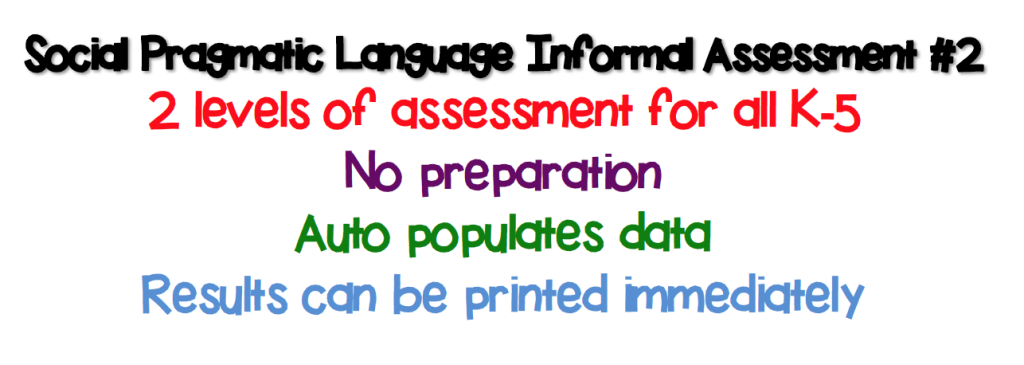
K-2 Assessment includes:
- Story retelling: sequencing, details, answering questions
- Theory of mind: what others might be thinking
- Feelings: identify a feeling, explain why someone might feel that way
- Social problem solving: express the problem and explain a solution
- Double interview: answer questions, ask questions
3-5 Assessment includes:
- Story retelling: sequencing, details, answering questions
- Theory of mind: what others might be thinking
- Tone of voice and sarcasm: identify how someone might be feeling based on the way something is stated
- Social problem solving: express the problem and explain a solution
- Double interview: answer questions, ask questions
Check out the video not only about this new product, but also about my new speech work room!! Super excited!
Get your copy of the Social Language Informal Assessment #2 HERE.
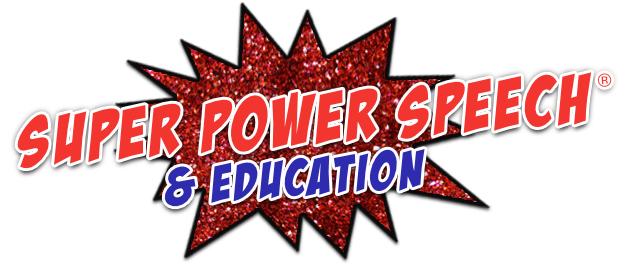
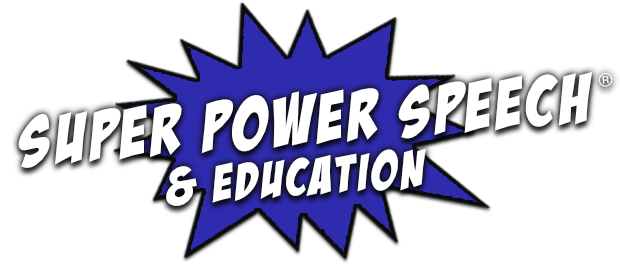

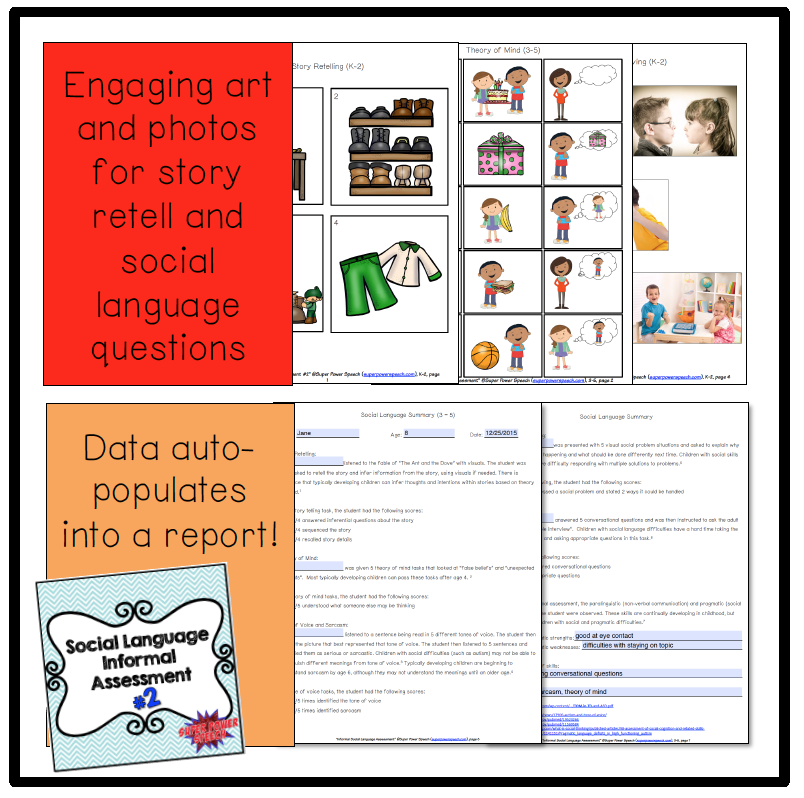

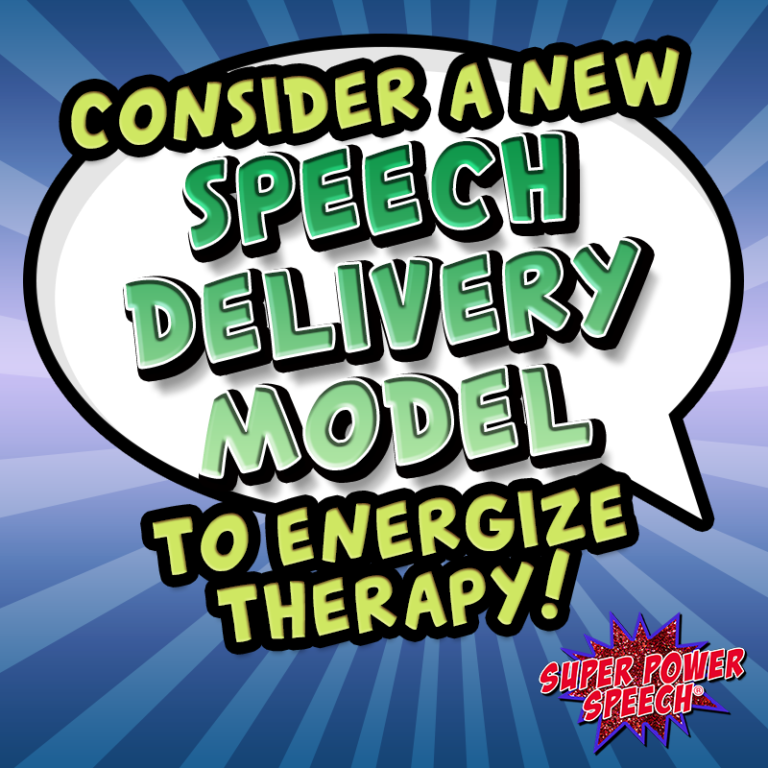

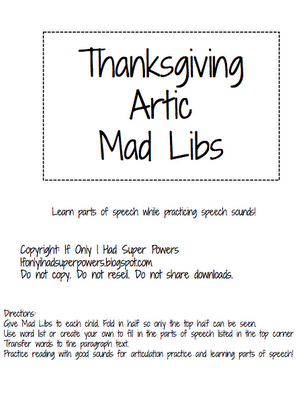
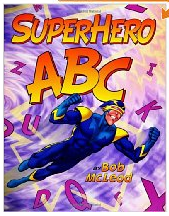
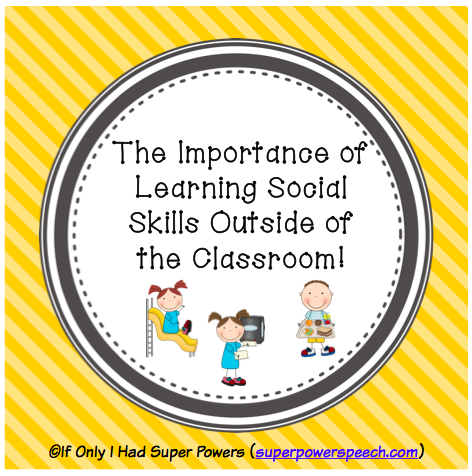
Oh my gosh, you must be a mind reader!!!! Today I was getting some files ready for annual reviews and I have two students this month who need informal assessment on social language, and I had used your original Social Language Informal Assessment with them last year, and was planning to do it again and just hope they didn’t remember it too well, and then I saw your post with this, and it made my day! I rushed to TpT and got it to download and will be using it later today and tomorrow! Thank you so so so so much!